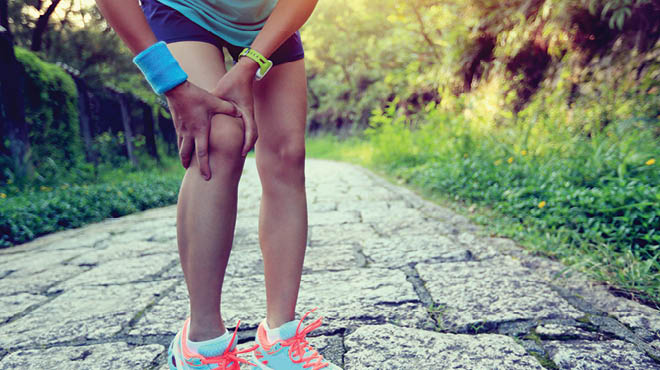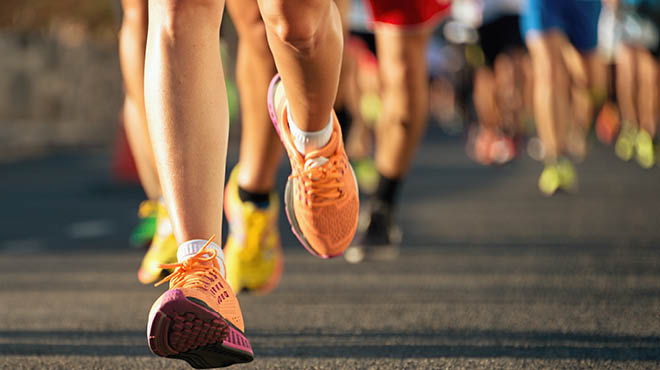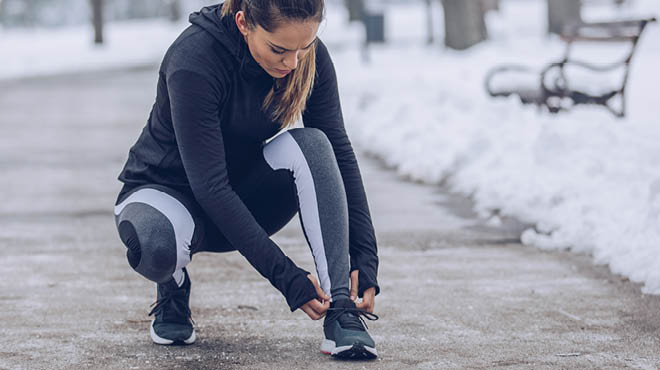Recent Posts
-

-
 Patient StoriesA lifesaver saved: An EMS veteran’s journey from rescue to recoveryNovember 14, 2025
Patient StoriesA lifesaver saved: An EMS veteran’s journey from rescue to recoveryNovember 14, 2025 -

How to prevent an ACL injury

Snap, crackle and pop may be welcome sounds at the breakfast table. But when you hear a pop on the playing field, it’s not something to cheer.
“Many patients will tell me they heard or felt a pop when they tore their ACL,” says Mitchell Nesvik, a physical therapist at Mayo Clinic Health System in Onalaska.
The ACL, or anterior cruciate ligament, is one of the major ligaments in the knee. Tearing that ligament is one of the most common — and devastating — injuries facing athletes.
“A torn ACL is usually a season-ending injury,” Mitchell says. “Most athletes will need surgery to repair the injury, and recovery and rehab take months.”
Around 200,000 people tear their ACL each year. Most of them play sports, like basketball, soccer and tennis, which require players to jump, lunge and pivot. Around 70 percent of ACL tears are noncontact injuries. And the majority of those injured are female.
“Women are 3 to 6 times more likely to tear their ACL than men,” Mitchell says.
Studies suggest that women’s jumping and landing techniques are part of the reason for the difference. Many women also have a strength imbalance in the muscles in their legs, with stronger quadriceps than hamstrings. That imbalance may allow the shinbone to move too far forward, overextending the ACL.
That’s the bad news. Fortunately, Mitchell says there’s good news, as well.
“There are things you can do to prevent an ACL injury,” MItchell explains.
FOCUS ON FORM
Many ACL injuries are a result of landing wrong after a jump. Practicing good jumping techniques can help minimize that risk. That includes:
- Landing evenly on both feet
- Bending the knees when landing
- Aligning the body with the feet during landing
- Keeping knees shoulder width apart during landing
Focusing on exercises that strengthen the core and help with balance also can help improve jumping technique.
“A strong core gives you more control over your torso and provides stability when you have to switch directions quickly,” Mitchell says.
STRENGTHEN LEG MUSCLES
Strong, balanced muscles in the legs help protect the knees. Since weak hamstrings are thought to play a role in many ACL injuries, exercises that target those muscles may be especially beneficial. Stability ball hamstring curls are one great option. Deadlifts are another. Add in squats and lunges, which work the quadriceps, hamstrings and glutes, for all-over leg strengthening.


